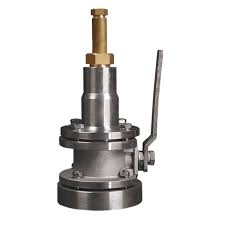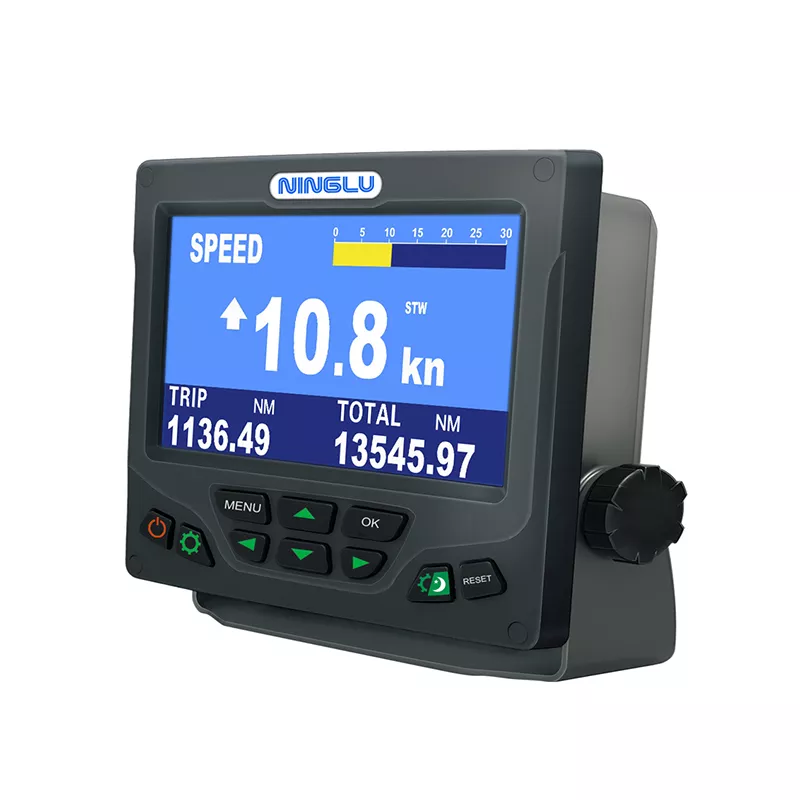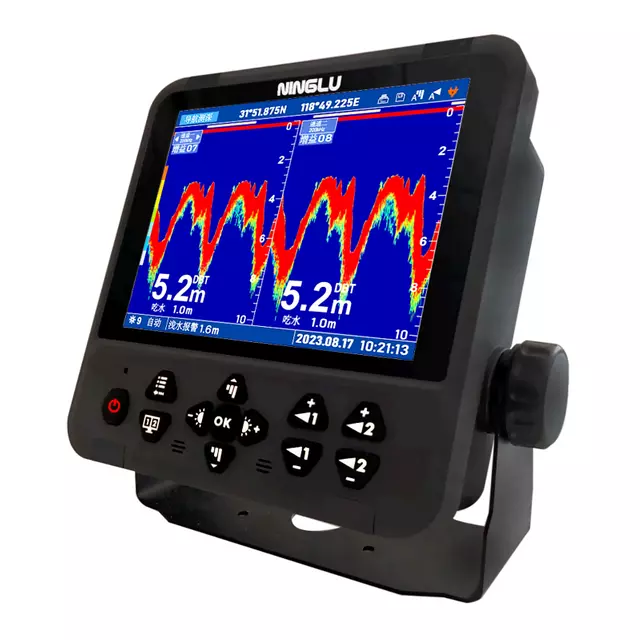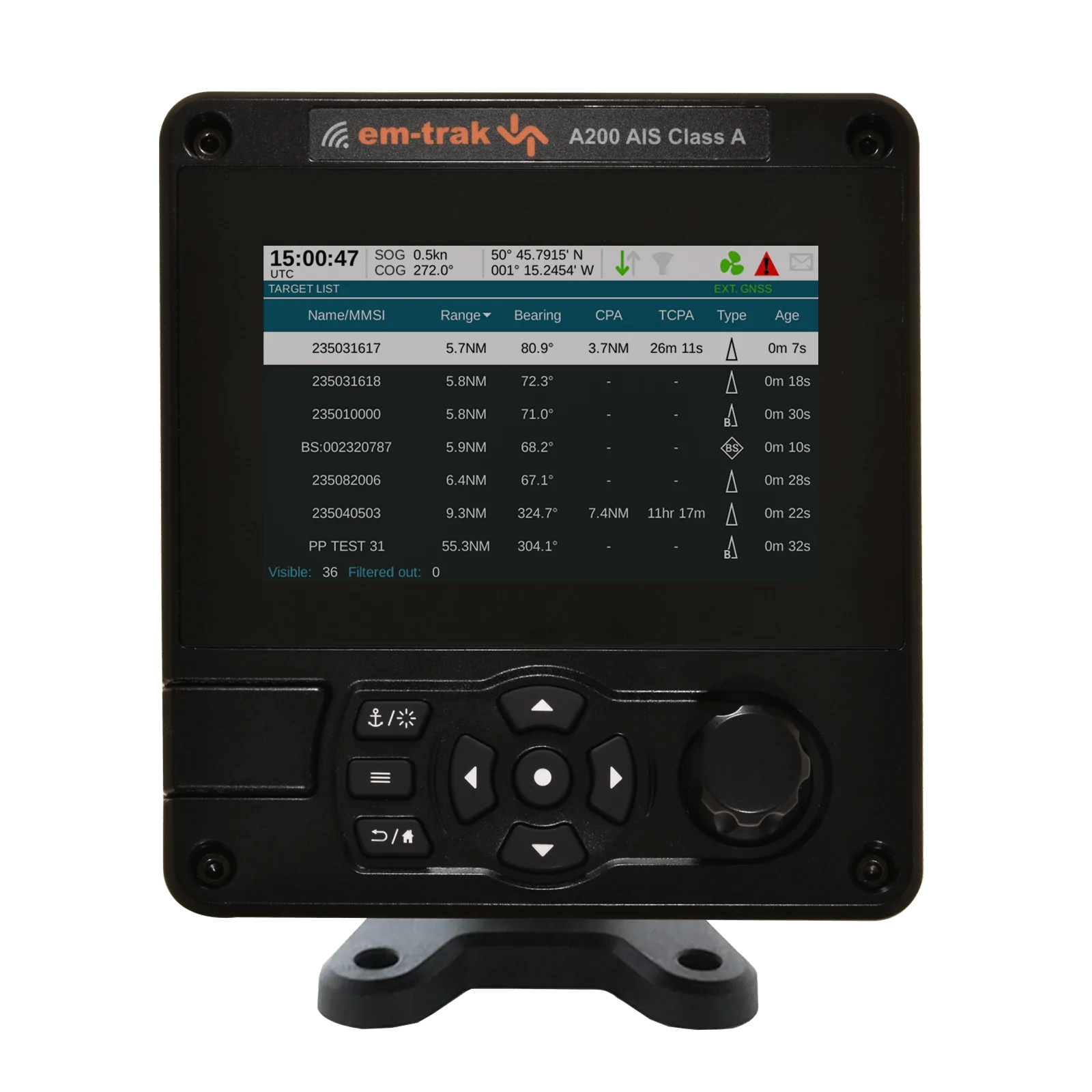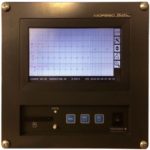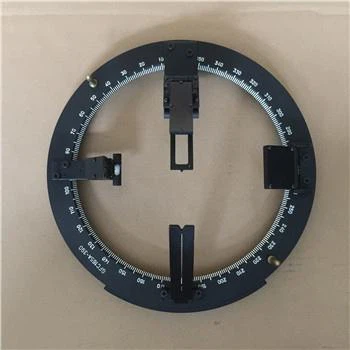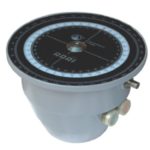VDR and SVDR
Voyage Data Recorder (VDR) and Simplified Voyage Data Recorder (SVDR) are crucial devices in maritime safety, designed to record data about a vessel’s journey and operational status. This information is vital for accident investigation, safety analysis, and improving navigational practices. Below are some frequently asked questions (FAQs) about VDR and SVDR:
Introduction to VDR and SVDR
VDR and SVDR System capture and store data from various sensors, equipment, and communication sources on a vessel. This data includes navigational inputs, engine status, voice recordings, and other essential information that can be used to analyze the events leading up to and following an incident at sea.
Key Features of VDR and SVDR
- Data Recording: Continuously records navigational, operational, and communication data.
- Data Storage: Stores data in a crash-survivable unit to withstand extreme conditions.
- Playback Capability: Allows playback of recorded data for analysis and investigation.
- Compliance: Meets international maritime safety regulations and standards.
10 FAQs about VDR and SVDR
| Question | Answer |
|---|---|
| What is a VDR? | A Voyage Data Recorder (VDR) is a device installed on ships to record navigational, operational, and communication data, which is crucial for accident investigation and safety analysis. |
| What is an SVDR? | A Simplified Voyage Data Recorder (SVDR) is a more basic version of the VDR, designed for smaller vessels, providing essential data recording and storage capabilities at a lower cost. |
| How does a VDR work? | A VDR collects data from various sensors and equipment on the ship, such as GPS, radar, engine status, and voice communications, and stores this data in a crash-survivable unit for future retrieval and analysis. |
| Why is VDR important for maritime safety? | VDR is important because it provides vital data that can be used to investigate accidents, understand their causes, and improve safety practices and regulations to prevent future incidents. |
| What kind of data does a VDR record? | A VDR records a wide range of data, including navigational information (position, speed, heading), audio from the bridge, radar images, engine and hull performance, and alarms. |
| How long is the data stored in a VDR? | VDRs are required to store at least the last 12 hours of data, but many modern System can store much more data for extended periods, depending on their capacity and configuration. |
| Are VDRs mandatory on all ships? | VDRs are mandatory on most large commercial vessels, including passenger ships and cargo ships over a certain size, as per international maritime regulations. |
| Can the data from a VDR be accessed remotely? | Some advanced VDR System allow for remote access to data for real-time monitoring and analysis, which can be useful for fleet management and operational efficiency. |
| What is the difference between VDR and SVDR? | The main difference is that VDRs are more comprehensive and capable of recording more data types, while SVDRs are designed to be more cost-effective and suitable for smaller vessels with essential recording needs. |
| How is the data from VDR used in accident investigations? | The data from VDRs is crucial for reconstructing the events leading up to an incident, the actions and decisions of the crew, and identifying potential equipment or operational failures. |
Conclusion
VDR and SVDR System are essential for enhancing maritime safety through detailed data recording and storage. These devices play a critical role in accident investigation, safety analysis, and improving navigational practices. By ensuring compliance with international regulations and providing valuable insights, VDR and SVDR System help to prevent future incidents and improve overall safety at sea.

